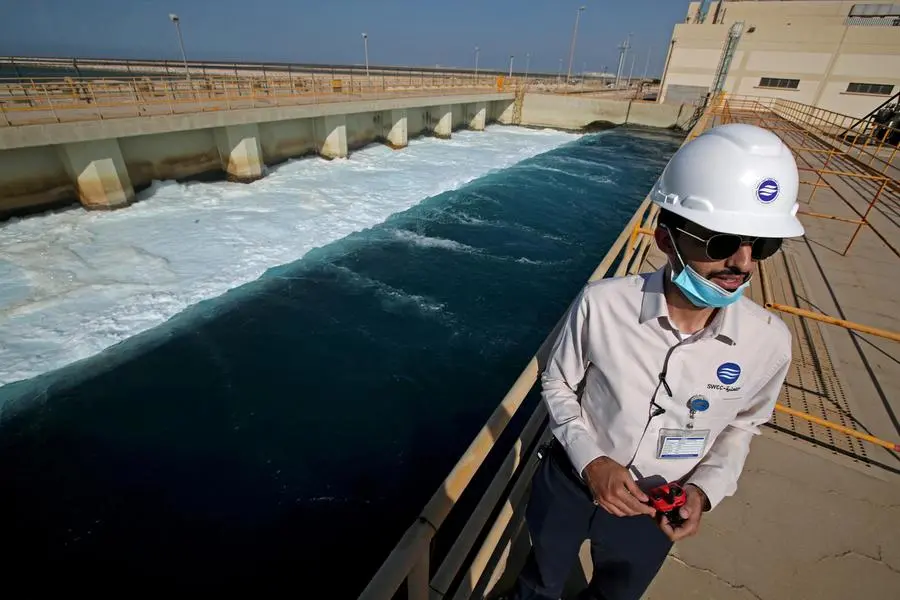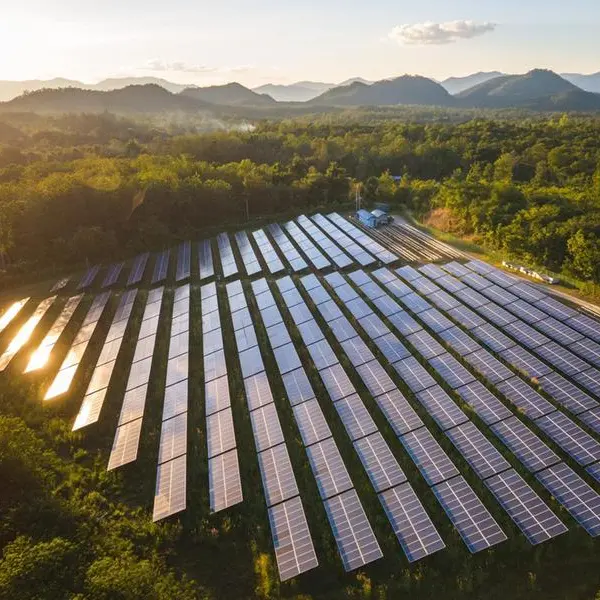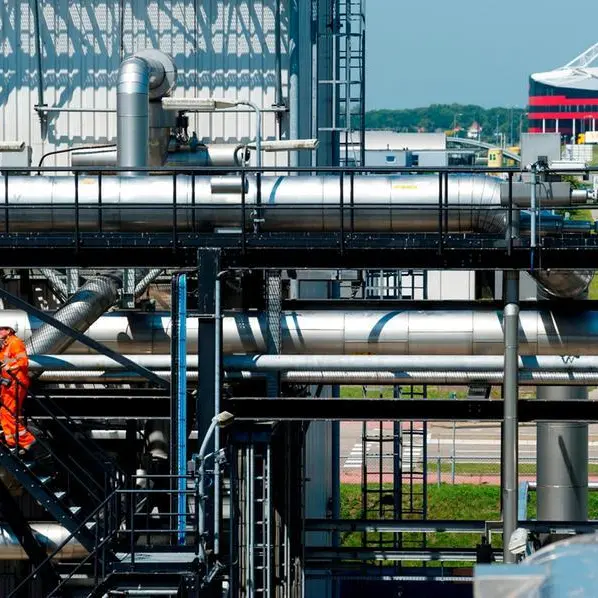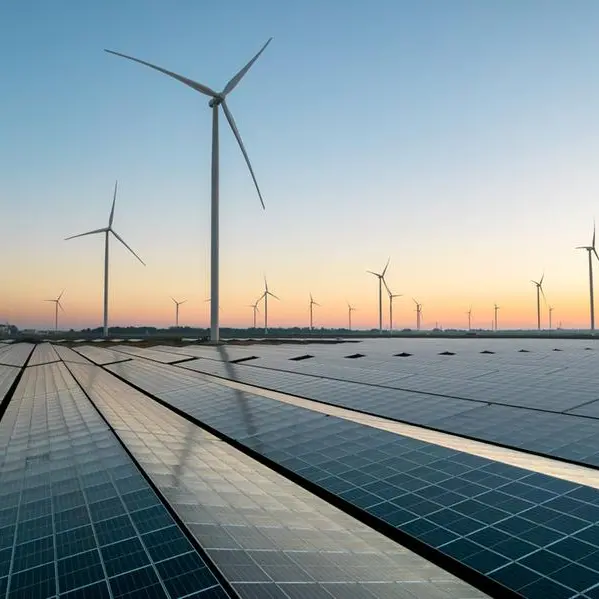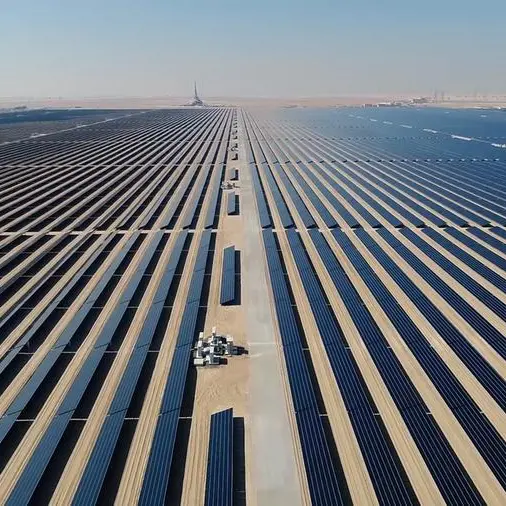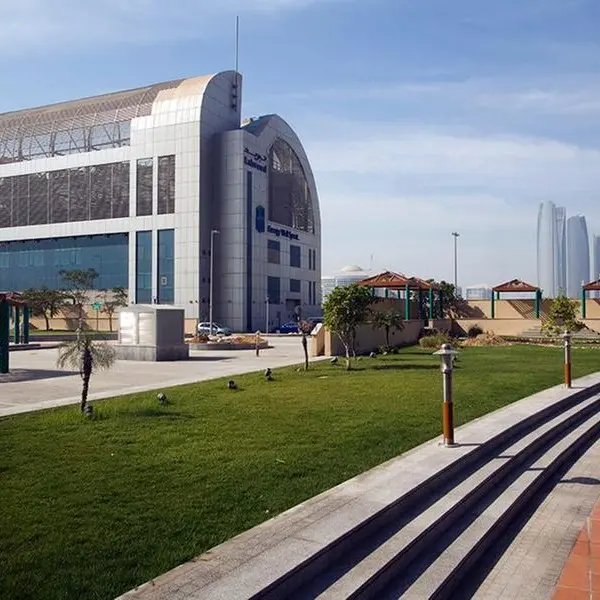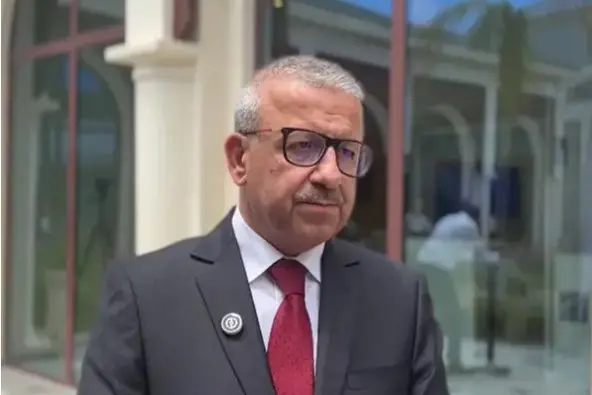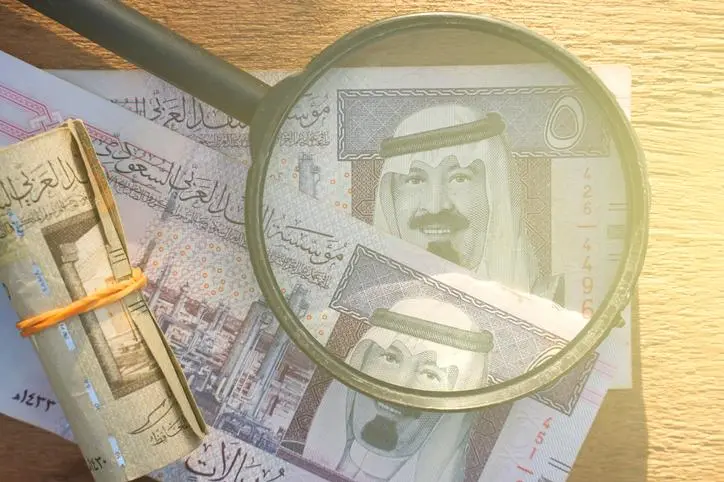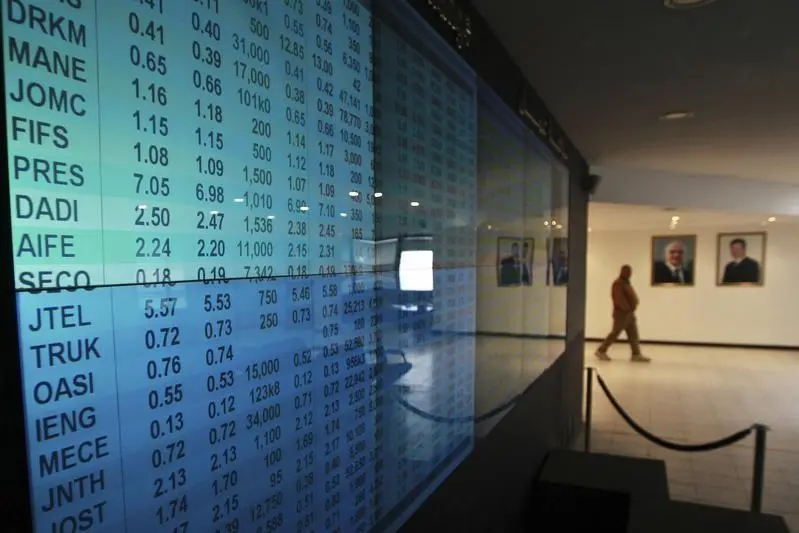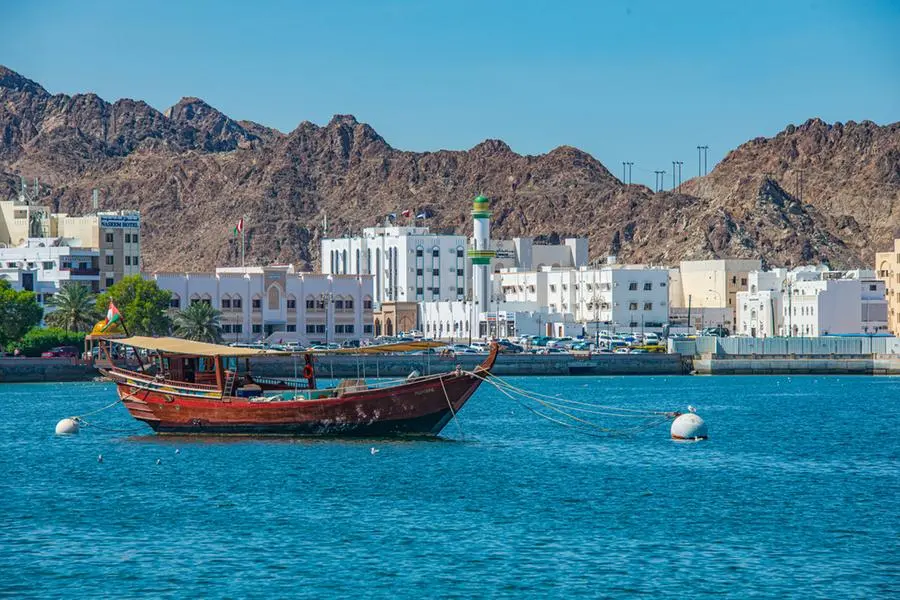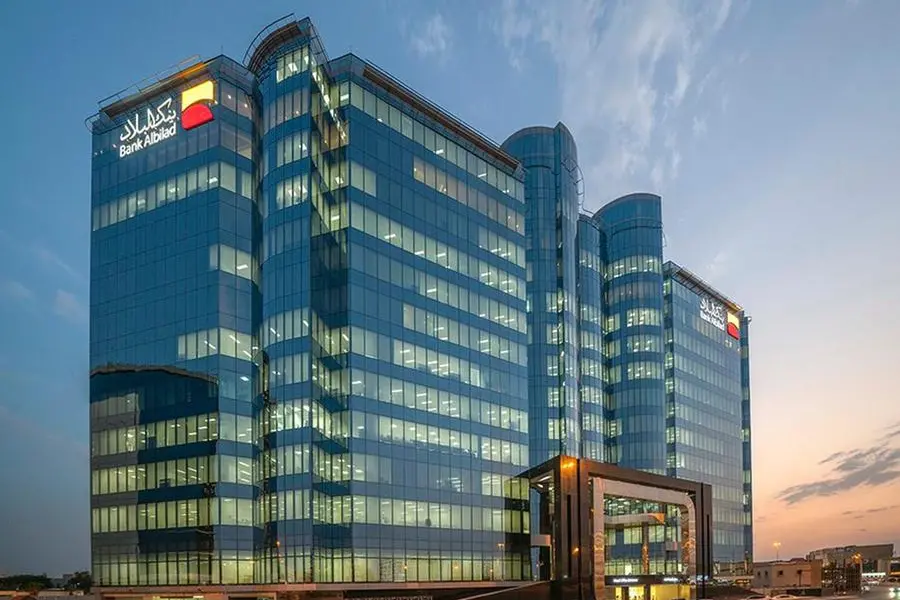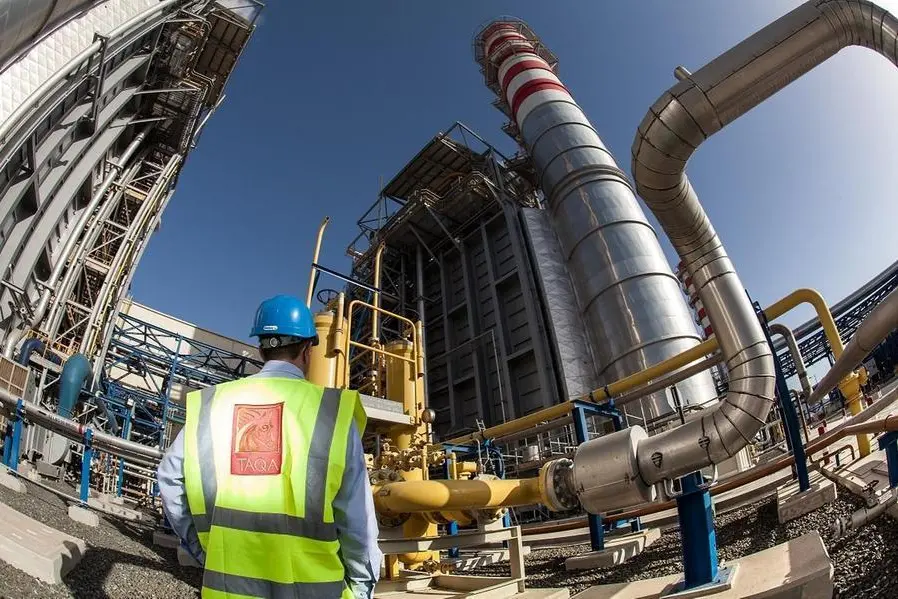PHOTO
An employee stands next to a waste water collection pool at the world's largest water desalination plant at the Saline Water Conversion Corporation Ras Al-Khair Power and Desalination Plant in Ras al Khair, Saudi Arabia, October 8, 2020. Picture taken October 8, 2020. Image used for illustrative purpose
Saudi developer and operator of power and water desalination ACWA Power announced on Tuesday that it will implement a pilot project involving Hydraulic Injection Desalination (HID) technology in the Gulf Cooperation Council (GCC) region.
HID desalination, developed by Andorra-based research and development company Water Global Access (WGA), uses one third less energy than top-of-the-line seawater reverse osmosis (SWRO) desalination plants, and 10 times less energy than traditional thermal desalination facilities, ACWA said in a press statement.
The statement said HID has the potential to break the 2 kilowatt per hour (kWh) barrier of energy consumption to produce one cubic metre of water from seawater.
ACWA Power and WGA’s latest agreement, signed in the side lines of the Future of Desalination International Conference in Riyadh, involves industrial-scale integration of HID technology, the press statement said.
It said the current Guinness book record for an SWRO pilot plant is 2.271 kWh to produce a cubic metre of water while the most energy efficient commercial SWRO desalination facilities consume approximately 3 kWh per cubic metre.
“The potential emanating from water production utilising cost effective, low carbon-intensive technologies is truly exponential and we are proud to pilot the ground-breaking HID technology, which is going to be a giant step forward in revolutionising the desalination industry,” said Paddy Padmanathan, Vice Chairman and Chief Executive Officer, ACWA Power.
The statement said a reduction in energy used to produce water will result in lower tariffs for government tender purposes, especially for private developers selling desalinated water to governments on long-term contracts over a fixed tariff.
Decreasing the cost of desalination to $0.32 per cubic metre is among the three future opportunities being discussed at Desalination Conference, the other two being growing non-water revenues (NRW) by 10 percent and reducing carbon emissions by 50 percent.
(Writing by Anoop Menon; Editing by Bhaskar Raj)
